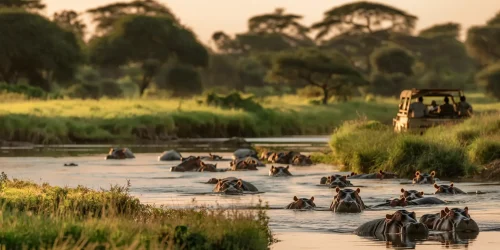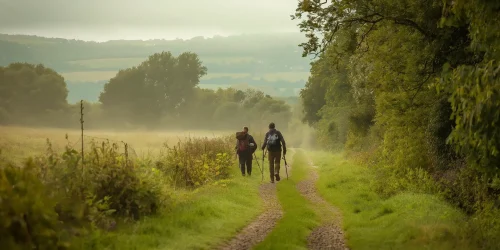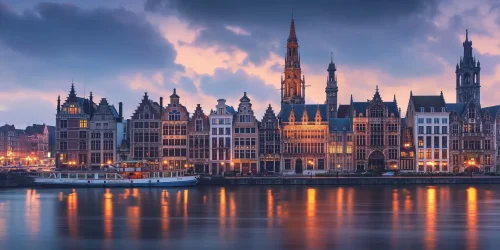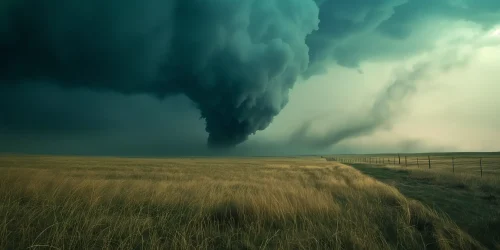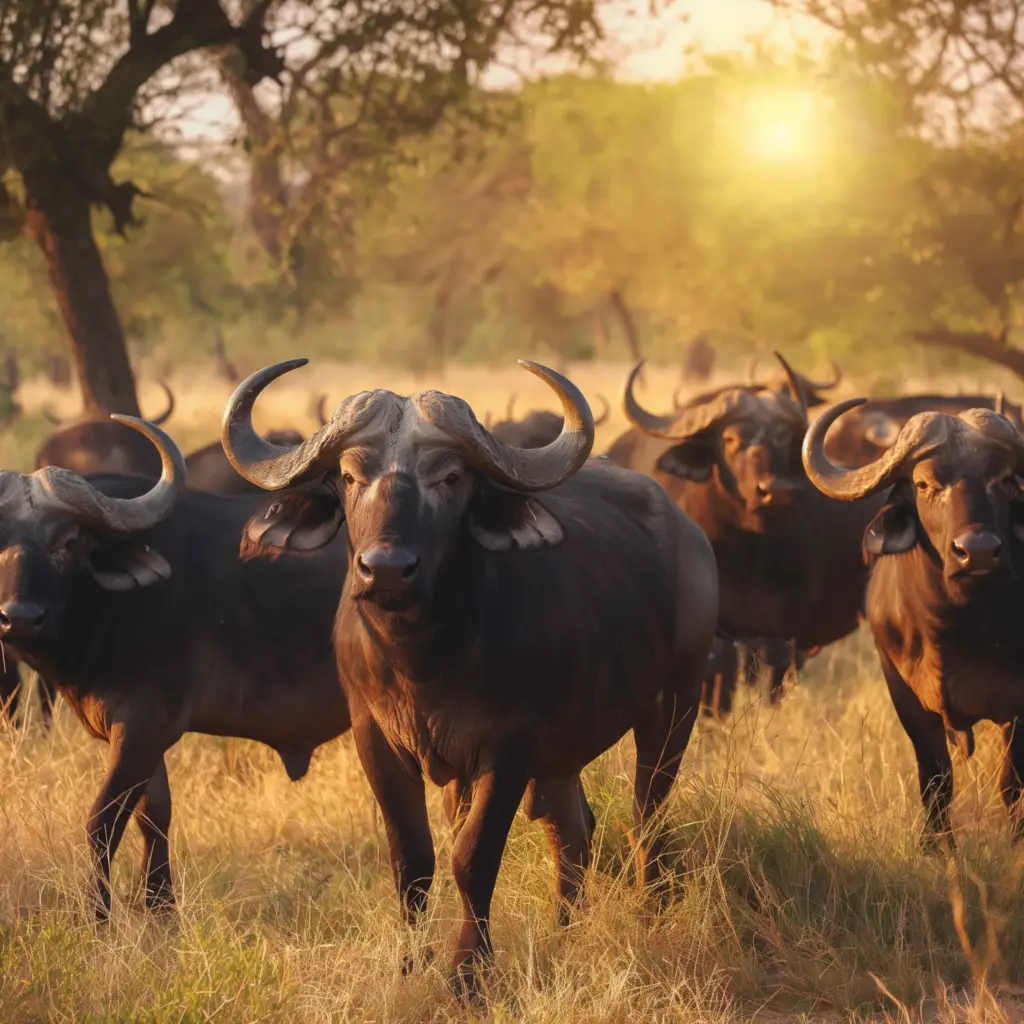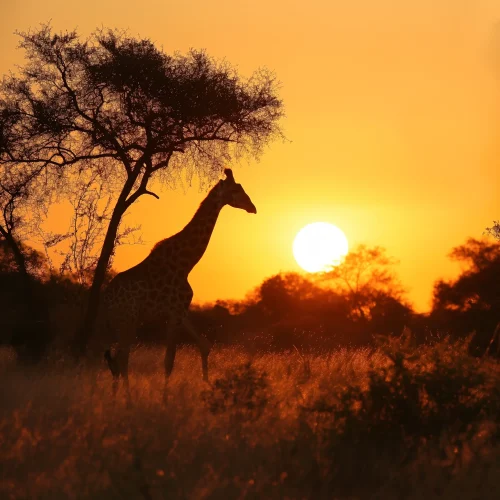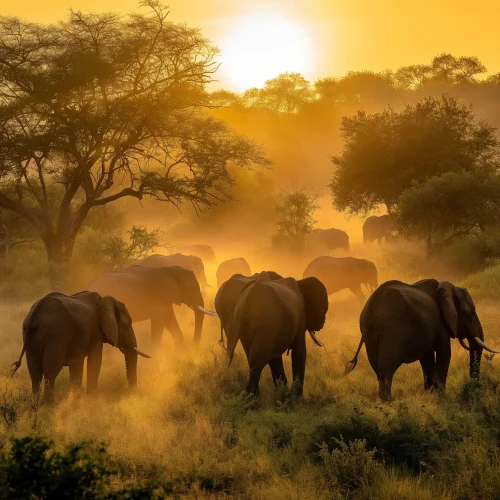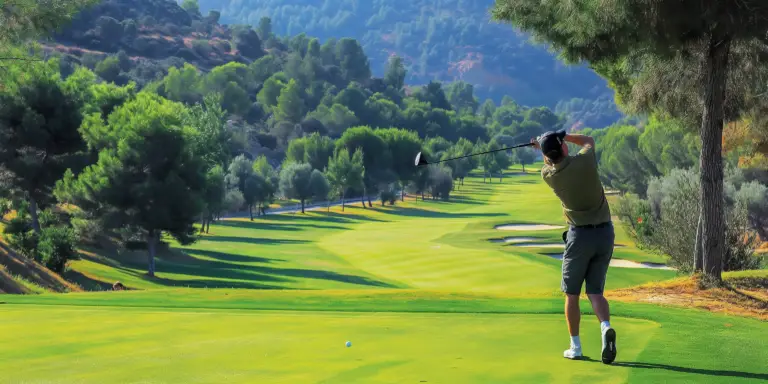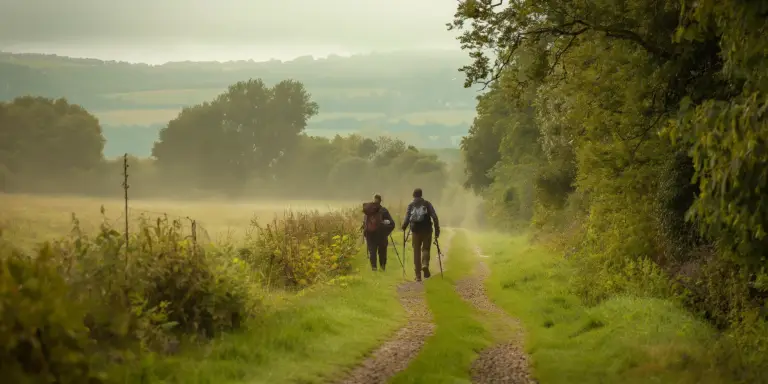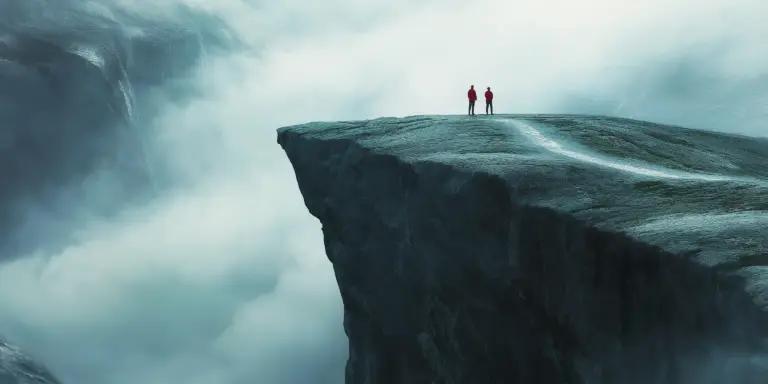Kruger National Park is a haven for wildlife enthusiasts, offering the chance to see a diverse range of animals in their natural habitat. Among the most impressive and fascinating creatures you can encounter are the African buffalos. Known for their size, strength, and social dynamics, buffalos are a highlight of any safari. Here’s what makes these animals so captivating:
The “Black Death” of Africa
African buffalos, often dubbed the “Black Death,” have earned their fearsome reputation due to their unpredictable nature and formidable strength. Unlike other members of the Big Five, buffalos are known to charge without warning if they feel threatened. This unpredictability makes every encounter thrilling and a bit nerve-wracking. These massive animals, with males weighing up to 900 kg (about 2,000 pounds), are not to be taken lightly.
Social Structure and Herd Dynamics
Buffalos are highly social animals, living in large herds that can number in the hundreds. These herds are usually led by a matriarch, an older and experienced female who guides the group. The social bonds within a herd are incredibly strong, and they display remarkable teamwork when facing threats. When predators, such as lions, approach, the herd will form a defensive circle with the calves in the center, showcasing their protective nature.
In addition to the large herds, you might also come across smaller bachelor groups. These groups are made up of older males who have left the main herd. These bulls are often seen near waterholes, enjoying the solitude but always staying vigilant for potential threats.
Symbiotic Relationships and Predator Defense
Buffalos share a fascinating symbiotic relationship with birds like oxpeckers. These birds perch on the buffalos and feed on the parasites that infest their skin, providing natural pest control while getting a meal in return. This relationship is a perfect example of nature’s interconnectedness and mutual benefits.
When it comes to predators, lions are the main threat to buffalos. However, a single buffalo can fend off a lion, and the entire herd will come together to protect one of their own. This collective defense strategy makes them a formidable opponent even for the king of the jungle. Witnessing a herd fend off a predator is a dramatic and unforgettable sight.
Viewing Tips for Safari Enthusiasts
To maximize your chances of seeing buffalos, the best times are during the early mornings and late afternoons. During these cooler parts of the day, buffalos are more active, grazing and drinking at waterholes. In the heat of the day, they tend to rest in the shade, making it a bit harder to spot them but still possible if you know where to look.
Water sources are prime locations for buffalo sightings. Watching a herd drink, wallow in the mud, or simply move across the plains provides a glimpse into their daily lives and social interactions. Their massive size, distinctive curved horns, and strong group dynamics make for spectacular viewing and photography opportunities.
Final Thoughts
Encountering the mighty buffalo in Kruger National Park is an experience that leaves a lasting impression. These majestic creatures, with their powerful presence and intricate social structures, offer a fascinating look into the complexities of life in the African savannah. Whether you’re a seasoned safari-goer or a first-time visitor, the chance to observe buffalos in their natural habitat is a highlight that should not be missed. So, keep your camera ready, stay alert, and enjoy the awe-inspiring spectacle of one of Africa’s most iconic animals.
